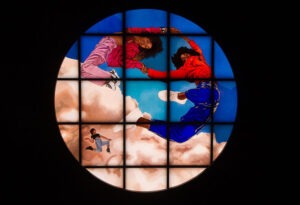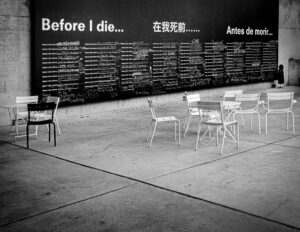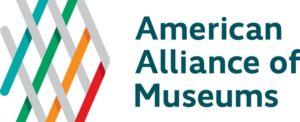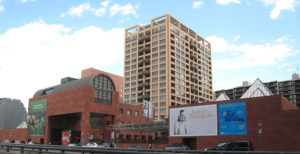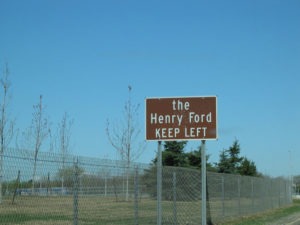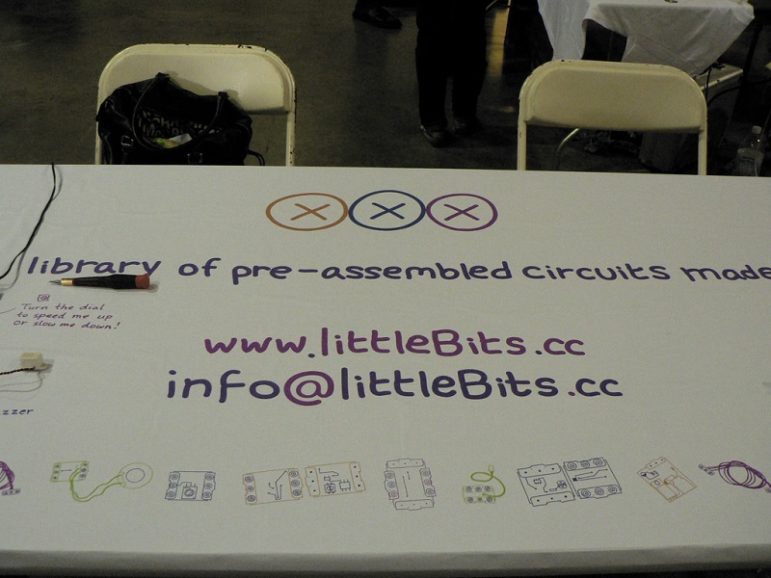
June 8, 2016; Press-Enterprise (Bloomburg, PA)
NPQ has long acknowledged libraries as active civic spaces. They have served as refuges, spaces to share resources like seeds and tools, and places where those without online access can get it. So the idea of some libraries setting aside room for “maker spaces” makes perfect sense, combining as it does the transfer and acquisition of knowledge and an open civic venue.
Regular readers will remember our previous coverage of Makerspaces in general. In Riverside, California, a MakerSpace room provides library patrons with computers, a recording booth, software, 3-D printers, and other cutting-edge technology to make everything from music to clothing.
Sign up for our free newsletters
Subscribe to NPQ's newsletters to have our top stories delivered directly to your inbox.
By signing up, you agree to our privacy policy and terms of use, and to receive messages from NPQ and our partners.
In addition to the printer and recording booth, the Riverside Library MakerSpace features a collaborative media table, iMac and MacBook Pro computers, Lego Minecraft kits, and littleBits, electronic building blocks that teach youngsters how to create circuit boards.
Similarly, in Rancho Cucamonga, the Paul Biane Library is preparing to open a STEM Lab this fall but has already been offering programs that utilize MakerSpace-style activities. That library system has a similar array of resources. Though it is without an official MakerSpace, the San Bernardino County Library system offers patrons opportunities to experiment with aerodynamics, motion, and engineering principles.
These projects have a big cost range. On the other side of the country in Wallingford, Connecticut, construction has begun on a “collaboratory” at a cost of almost a half million. Riverside’s space cost more like $86,000.—Ruth McCambridge


